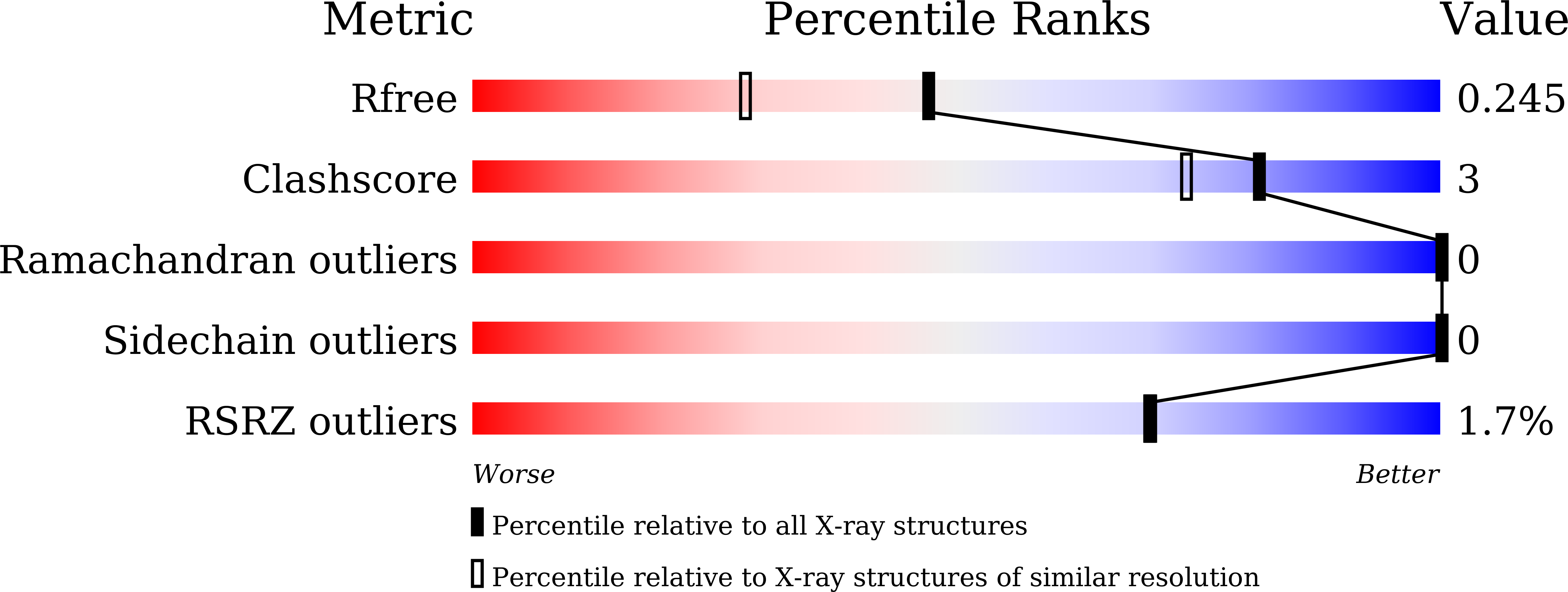
Deposition Date
2022-11-04
Release Date
2023-05-17
Last Version Date
2024-04-03
Entry Detail
PDB ID:
8HDJ
Keywords:
Title:
Periplasmic domain of RsgI2 of Clostridium thermocellum
Biological Source:
Source Organism:
Acetivibrio thermocellus DSM 1313 (Taxon ID: 637887)
Host Organism:
Method Details:
Experimental Method:
Resolution:
1.85 Å
R-Value Free:
0.23
R-Value Work:
0.21
R-Value Observed:
0.22
Space Group:
C 1 2 1


